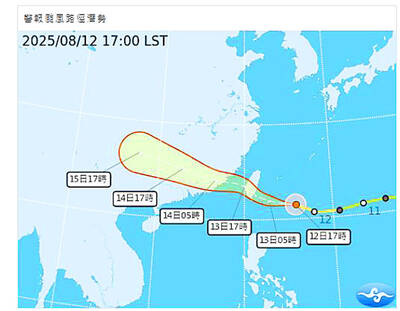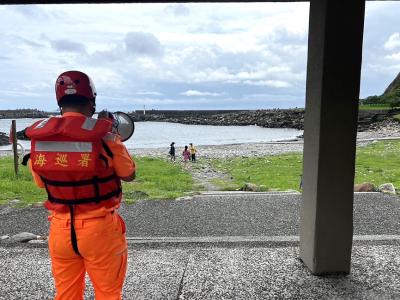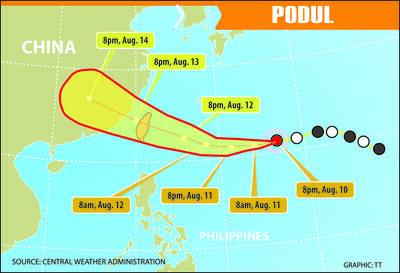Home PC hard drives tend to be huge. That does not help much when you need spontaneous access to documents or photos while out and about. One option is an external hard drive or memory stick, but that means more devices to be carried along.
The alternative, these days, is Web hard drives — personal storage space on the Internet that can be accessed from almost any computer. The services are easy to use, although the uploading of data often requires a heft chunk of time. Security should be taken into consideration as well.
Web-based storage space is provided as an extra through a variety of fee-based services, including Web mail services like Gmx ProMail. Gmx also offers some space as part of its no-cost version. New DSL contracts also frequently provide online storage space, says Holger Bleich from the Hanover-based c’t magazine.
Furthermore, there is also a range of providers specialising in Web-storage services, such as Wuala, Dropbox, Humyo, Box.Internet, DropBoks, MyDrive, and Xdrive, owned by AOL.
“More and more providers are choosing a model that provides a certain amount of capacity at no cost — and then demanding a fee for anything more,” said Peter Knaak, a computer expert at the German consumer testing organisation Stiftung Warentest.
Xdrive, for example, offers 5 gigabytes (GB) for free; that number can be bumped up to 50GB for a charge of US$9.95 a month. Humyo offers 10GB for free, while its 100GB option costs US$12.99 after the second month.
It also offers a 250GB option for around US$26. A few services, such as Microsoft’s Skydrive, are only available in a free version (with 5GB).
The exception is Wuala. A test in this month’s edition of PC Praxis magazine revealed that service offers only 1GB for free, with everything above that fee-based. Users can gain extra free space by allowing their service to run via the peer-to-peer principle instead of a central server. That requires freeing up a portion of their hard drive for Internetwork use.
One thing seems clear for all the offers: online storage space is hardly cheap, particularly when compared with the purchasing price of external hard drives. Holger Bleich does not expect prices to fall much, but he does think that users will get more space for the same money — the same pattern observed in the external hard drive market.
You can register for most of the services simply by using your Web browser, Holger Bleich explains. In a few cases, you have to install special software, known as a client, onto the computer.
Data being stored to a network drive is technically speaking an upload, akin to placing a video on YouTube. By the same logic, accessing the data is a download.
Downloads are uncomplicated: Good broadband connections using DSL technology or the like brings speeds of up to 16 megabits per second (mbps). It’s the upload process that shows some of the flaws in the online hard drive model: Speeds in that direction tend to max out at 1 mbps, and even those figures are for ideal cases, Bleich said.

GET TO SAFETY: Authorities were scrambling to evacuate nearly 700 people in Hualien County to prepare for overflow from a natural dam formed by a previous typhoon Typhoon Podul yesterday intensified and accelerated as it neared Taiwan, with the impact expected to be felt overnight, the Central Weather Administration (CWA) said, while the Directorate-General of Personnel Administration announced that schools and government offices in most areas of southern and eastern Taiwan would be closed today. The affected regions are Tainan, Kaohsiung and Chiayi City, and Yunlin, Chiayi, Pingtung, Hualien and Taitung counties, as well as the outlying Penghu County. As of 10pm last night, the storm was about 370km east-southeast of Taitung County, moving west-northwest at 27kph, CWA data showed. With a radius of 120km, Podul is carrying maximum sustained

Tropical Storm Podul strengthened into a typhoon at 8pm yesterday, the Central Weather Administration (CWA) said, with a sea warning to be issued late last night or early this morning. As of 8pm, the typhoon was 1,020km east of Oluanpi (鵝鑾鼻), Taiwan’s southernmost tip, moving west at 23kph. The storm carried maximum sustained winds of 119kph and gusts reaching 155kph, the CWA said. Based on the tropical storm’s trajectory, a land warning could be issued any time from midday today, it added. CWA forecaster Chang Chun-yao (張竣堯) said Podul is a fast-moving storm that is forecast to bring its heaviest rainfall and strongest

TRAJECTORY: The severe tropical storm is predicted to be closest to Taiwan on Wednesday and Thursday, and would influence the nation to varying degrees, a forecaster said The Central Weather Administration (CWA) yesterday said it would likely issue a sea warning for Tropical Storm Podul tomorrow morning and a land warning that evening at the earliest. CWA forecaster Lin Ting-yi (林定宜) said the severe tropical storm is predicted to be closest to Taiwan on Wednesday and Thursday. As of 2pm yesterday, the storm was moving west at 21kph and packing sustained winds of 108kph and gusts of up to 136.8kph, the CWA said. Lin said that the tropical storm was about 1,710km east of Oluanpi (鵝鑾鼻), Taiwan’s southernmost tip, with two possible trajectories over the next one

President William Lai (賴清德) yesterday criticized the nuclear energy referendum scheduled for Saturday next week, saying that holding the plebiscite before the government can conduct safety evaluations is a denial of the public’s right to make informed decisions. Lai, who is also the chairman of the Democratic Progressive Party (DPP), made the comments at the party’s Central Standing Committee meeting at its headquarters in Taipei. ‘NO’ “I will go to the ballot box on Saturday next week to cast a ‘no’ vote, as we all should do,” he said as he called on the public to reject the proposition to reactivate the decommissioned